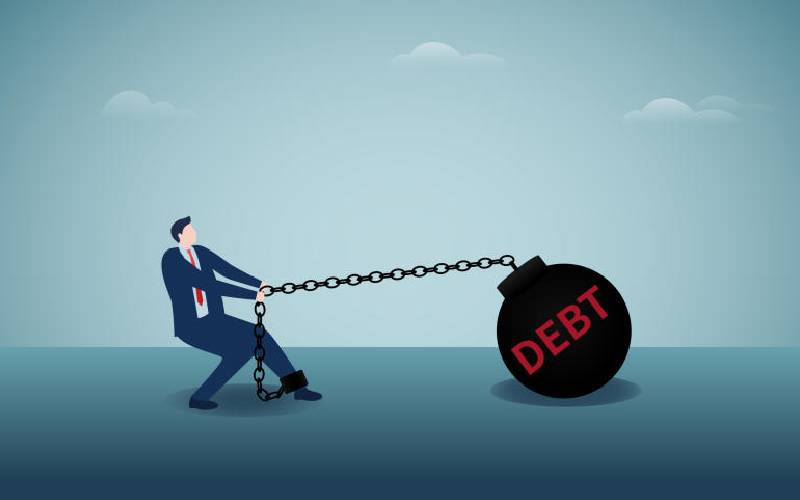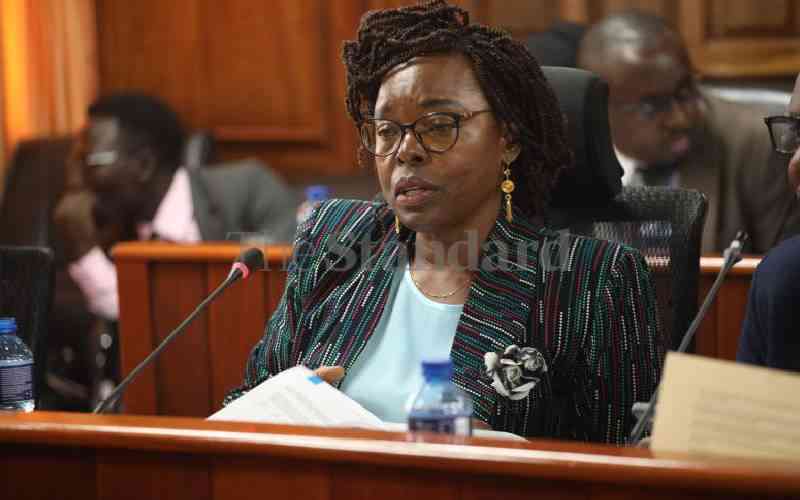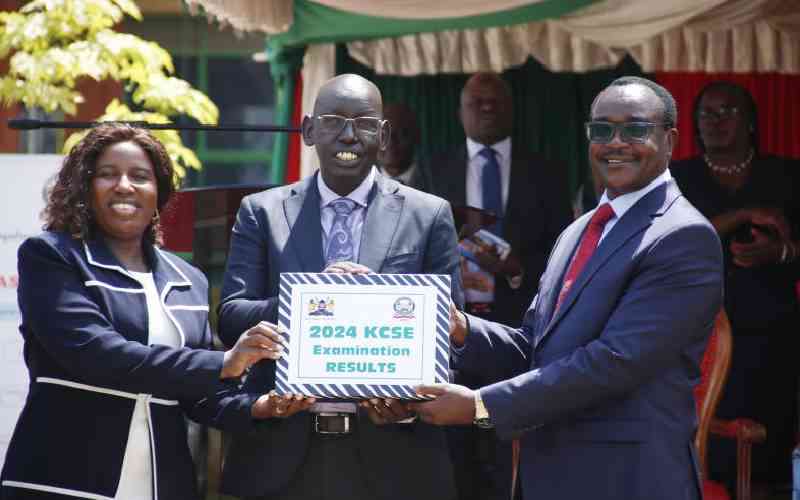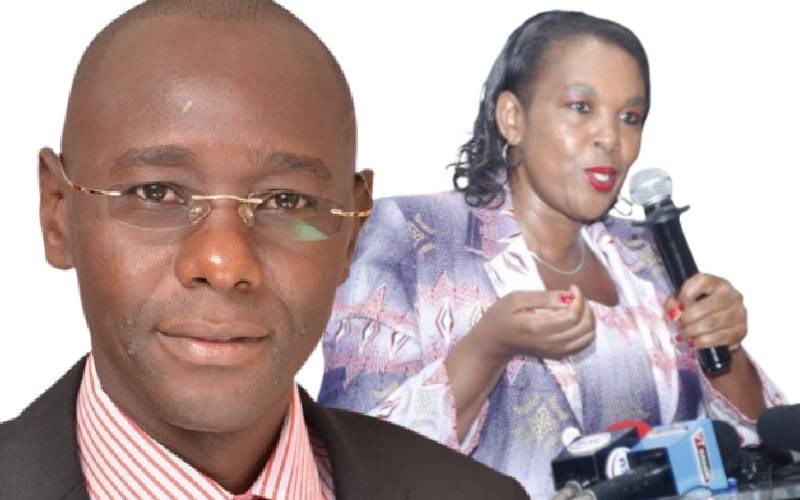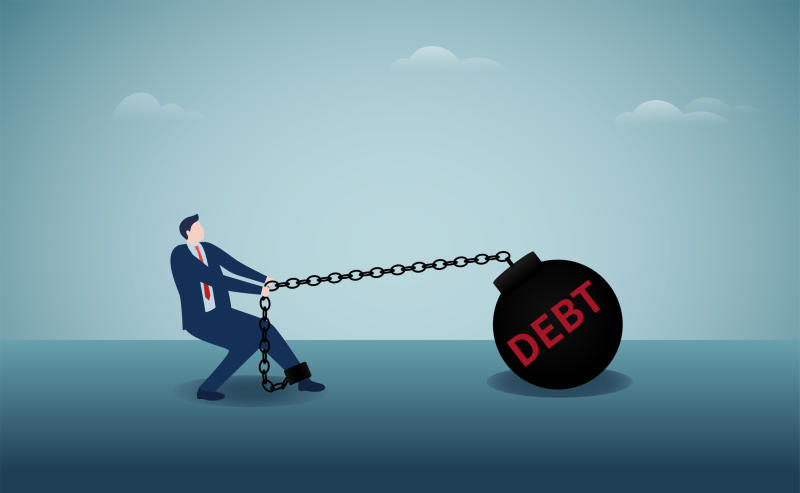
Numbers are often billed as revelatory. They make sense by careful parsing of figures. The real magic lies in the stories they tell; the secrets they reveal to those who assiduously study them.
And one need not be a mathematician or statistician to unearth some of these narratives.
Consider this: In the four years and four months of this column’s existence, 243 weekly articles have been churned out over the period. Of these, 165 have touched directly on public policy. Slightly more than 10 have delved into the state of education in Kenya.
An equal number have discussed the Covid-19 crises. Perhaps reflective of the gravity of the situation, more than 20 have dwelt on national leadership or lack thereof even as 35 others have warned on the perils of a tanking economy.
Sample this: On October 30, 2019. This column cautioned on the need to keep within the recommended IMF public debt to GDP ratio of 40 per cent for developing countries. Presently, it is at 79 per cent.
If the citizens are facing insuperable hardship, such can be attributed to the onerous debt burden the country has to bear.
Earlier, on August 22, 2018, the column had warned of the deleterious effect on the economy that the IMF sanctioned 8 per cent VAT on fuel would have. It talked of the instant financial ramifications across households that these changes to pump prices would bring on. Currently, government taxes make up the highest component of the pump price with up to 9 levies on a litre of fuel.
Then there are numbers that simply don’t add up. For instance, the one third of the national budget is lost to graft every year. Or, as President Uhuru Kenyatta has previously mentioned, the Sh2 billion that is stolen from national coffers daily. Others still point to billions allegedly lost in dam construction scandals and dubious Kemsa procurement scandals. What may never be known is the true cost of the Standard Gauge Railway whose contract, despite presidential assurance, has never been made public.
Also shrouded in mystery is the cost of the Nairobi Expressway. Kenya’s first Public Private Partnership project, it is a toll road that is expected to alleviate traffic congestion in the city. The cost was initially reported as Sh65.2 billion in September 2021. Now, new figures have emerged that put it at Ksh 87.9 billion.
The Public Procurement and Disposal Act of 2015 restricts project variation costs to 25 per cent of the initial contract price, yet this variation is 33.9 per cent. Why? If anecdotal evidence is to be believed, the project was mooted by the Transport Cabinet Secretary over dinner in China. No tendering was done. Kenyans may never know whether or not other companies would have offered better value for money.
After the month-long nationwide fuel crisis, the following figures have a story to tell: 1, the number of people deported after accusations of economic sabotage. 10, the number of oil marketing companies summoned to explain their role in the fuel shortage. Sh5.40, the amount per litre that the Government collects to stabilise prices at the pump through subsidies. Sh13 billion, the amount previously the bone of contention between oil marketers and the Government.
The Energy and Petroleum Regulatory Authority, in a statement on the crisis, summed it up saying, “There have been delays in remitting compensation from the stabilisation fund and this has resulted in a number of oil-marketing companies holding back sales to the local market.”
The narrative continues; Sh173.7, the price of a petrol in April. Sh144, the subsidised price at the pump. Sh29.08, the delta between actual price and price at the pump. Sh23.68, the amount that isn’t covered by the Petroleum Development Levy Fund. This delta will have to be financed from other taxes or the subsidy eventually withdrawn altogether. Either way, the numbers are a cautionary tale of harder times ahead!
Mr Khafafa is a public policy analyst
Stay informed. Subscribe to our newsletter
 The Standard Group Plc is a
multi-media organization with investments in media platforms spanning newspaper
print operations, television, radio broadcasting, digital and online services. The
Standard Group is recognized as a leading multi-media house in Kenya with a key
influence in matters of national and international interest.
The Standard Group Plc is a
multi-media organization with investments in media platforms spanning newspaper
print operations, television, radio broadcasting, digital and online services. The
Standard Group is recognized as a leading multi-media house in Kenya with a key
influence in matters of national and international interest.
 The Standard Group Plc is a
multi-media organization with investments in media platforms spanning newspaper
print operations, television, radio broadcasting, digital and online services. The
Standard Group is recognized as a leading multi-media house in Kenya with a key
influence in matters of national and international interest.
The Standard Group Plc is a
multi-media organization with investments in media platforms spanning newspaper
print operations, television, radio broadcasting, digital and online services. The
Standard Group is recognized as a leading multi-media house in Kenya with a key
influence in matters of national and international interest.


